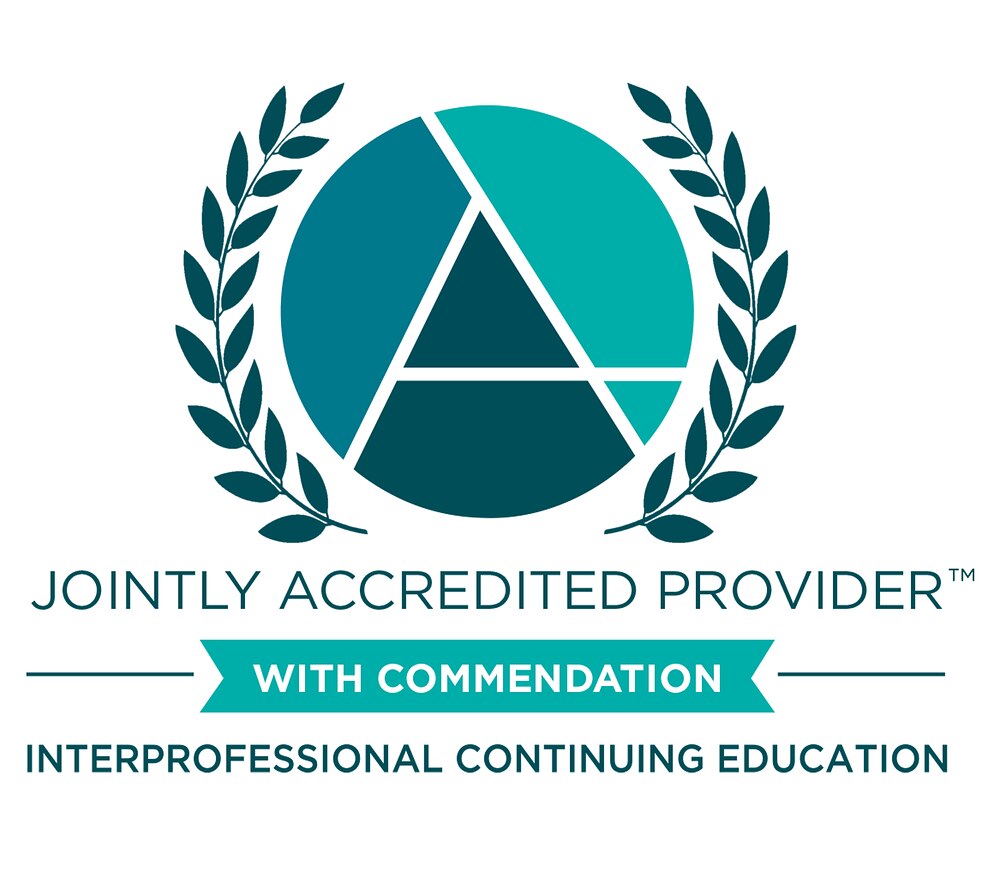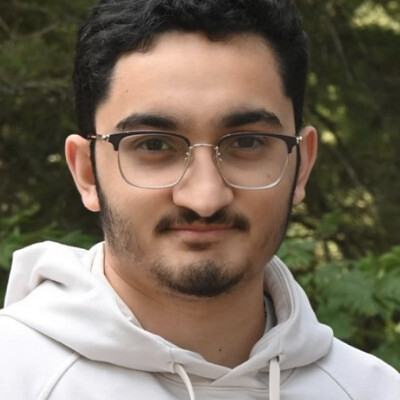This Lightning Talk will introduce an innovative, data-driven visualization tool developed to assess interprofessional communication in the University of Michigan Longitudinal Interprofessional Family-based Experience (LIFE) course. By analyzing Zoom interview transcripts, the tool generates interactive Gantt plots that map second-by-second speaker activity. Code was created and tested using recorded zoom interviews of student-patient interactions during an early experiential course where students interview patients on their experiences with chronic illnesses and community resources.
The presentation will demonstrate how the tool visualizes communication flow, speaker dominance, engagement gaps, and moments of silence, providing instructors and students with a granular view of team dialogue. The tool also features a merging threshold that smooths over short breaks in speech, improving readability without distorting temporal accuracy. This visual approach allows educators to identify areas where interprofessional collaboration can be strengthened and provides a foundation for individualized visual feedback to learners. Based on the visualization, we can develop reflective prompts linking the visualization tool and their video for students to consider the quality of their interprofessional communications.
Aligned with the Nexus Summit theme of Building the Evidence Base, this project transforms raw transcript data into actionable insights, by processing time stamped dialogue to track and visualize participation across team members. It offers a scalable method for monitoring team-based interaction, using automated techniques to segment, merge, and dynamically display speaking intervals. The resulting Gantt plots provide a clear view of how conversations unfold over time, highlighting speaker balance, engagement patterns, and potential communication gaps. This approach may enhance student learning outcomes by providing a visualization of participation, and coupled with video and peer feedback, it can bridge qualitative learning goals with quantitative feedback.
The session will explore how the visualization tool contributes to better education by enhancing student reflection and feedback, and to better care by training students in balanced, collaborative communication patterns—skills critical for future healthcare teams. Although piloted in an educational setting, the method holds potential for clinical adaptation in team-based care environments.
In support of improving patient care, this activity is planned and implemented by The National Center for Interprofessional Practice and Education Office of Interprofessional Continuing Professional Development (National Center OICPD). The National Center OICPD is accredited by the Accreditation Council for Continuing Medical Education (ACCME), the Accreditation Council for Pharmacy Education (ACPE), and the American Nurses Credentialing Center (ANCC) to provide continuing education for the healthcare team.
As a Jointly Accredited Provider, the National Center is approved to offer social work continuing education by the Association of Social Work Boards (ASWB) Approved Continuing Education (ACE) program. Organizations, not individual courses, are approved under this program. State and provincial regulatory boards have the final authority to determine whether an individual course may be accepted for continuing education credit. The National Center maintains responsibility for this course. Social workers completing this course receive continuing education credits.
The National Center OICPD (JA#: 4008105) is approved by the Board of Certification, Inc. to provide continuing education to Athletic Trainers (ATs).
This activity was planned by and for the healthcare team, and learners will receive Interprofessional Continuing Education (IPCE) credit for learning and change.


Physicians: The National Center for Interprofessional Practice and Education designates this live activity for AMA PRA Category 1 Credits™. Physicians should only claim credit commensurate with their participation.
Physician Assistants: The American Academy of Physician Assistants (AAPA) accepts credit from organizations accredited by the ACCME.
Nurses: Participants will be awarded contact hours of credit for attendance at this workshop.
Nurse Practitioners: The American Academy of Nurse Practitioners Certification Program (AANPCP) accepts credit from organizations accredited by the ACCME and ANCC.
Pharmacists and Pharmacy Technicians: This activity is approved for contact hours.
Athletic Trainers: This program is eligible for Category A hours/CEUs. ATs should claim only those hours actually spent in the educational program.
Social Workers: As a Jointly Accredited Organization, the National Center is approved to offer social work continuing education by the Association of Social Work Boards (ASWB) Approved Continuing Education (ACE) program. Organizations, not individual courses, are approved under this program. State and provincial regulatory boards have the final authority to determine whether an individual course may be accepted for continuing education credit. The National Center maintains responsibility for this course. Social workers completing this course receive continuing education credits.
IPCE: This activity was planned by and for the healthcare team, and learners will receive Interprofessional Continuing Education (IPCE) credits for learning and change.
Learners can claim CE credit by completing the Daily Evaluation.




